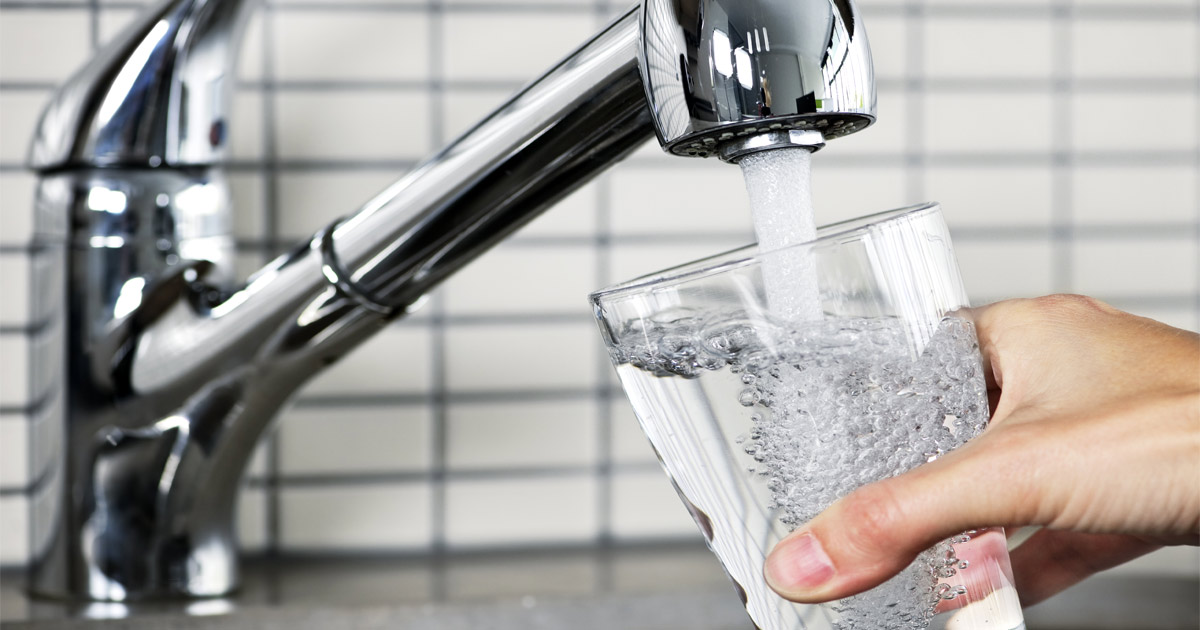MENU
- Home
- Overview
- Attorneys
- Practice Areas
- Firm News
- Blog
- Contact

The safety of Delaware’s drinking water is always a concern, especially in schools and child care facilities. As of recently, the citizens of Delaware can rest assured that their water safety is being taken care of. The United States Environmental Protection Agency (EPA) awarded the Delaware Department of Education $209,000 for lead testing in drinking water. This grant will assist with identifying sources of lead in drinking water in schools and child care buildings to prevent hazardous water contamination.
Protecting children from exposure to lead is the reason why this grant was offered and accepted. The health of our children is always of utmost concern, and we need to protect them from the dangers of lead and other toxic chemicals.
Lead is extremely dangerous to human health, even at low exposure levels. Once lead gets into the body, it can accumulate over time and cause chronic health problems. The Safe Drinking Water Act requires the EPA to determine the level of contaminants in water that is acceptable before causing adverse health effects. The EPA has determined that the amount of acceptable lead in water is at zero percent due to its overly toxic qualities.
Young children, infants, and fetuses are the most vulnerable to lead and may develop physical and behavioral effects if exposure occurs. A small amount of lead exposure to an adult may not cause too much harm. Lead exposure to a child can induce damage to the central and peripheral nervous system, cause learning disabilities, height impairments, and impair the function of blood cells.
For adults, lead is also harmful and can produce cardiovascular effects, increased blood pressure, hypertension, decreased kidney function, and reproduction problems. Lead exposure can also negatively affect pregnant woman and the growth of the fetus.
Other signs and symptoms of lead exposure:
There are many ways that lead can get into our drinking water. The main way is through plumbing materials that contain lead corrode, but lead can also enter drinking water through lead pipes, faucets, and water fixtures. There are a number of factors that can further increase the amount of lead in the water including:
There are two main ways that you can protect lead from getting into your drinking water. The first option is to learn more about where you water comes from. The EPA requires all community water systems to prepare an annual water quality report for their customers by July 1.
After reading up on your water system, have your water tested. Since you are unable to see, taste, or smell lead in water, the most beneficial way to protect yourself is to get your water tested by a certified laboratory.
Exposure to lead in drinking water is extremely dangerous and fatal if digested in high amounts. Our Delaware water contamination lawyers at Jacobs & Crumplar, P.A. fight for the health and safety of our clients. If you have been exposed to lead, contact us online or call us at 302-656-5445 for a free case consultation. Located in Wilmington and Millsboro, Delaware, we represent clients throughout Dover, New Castle County, and Sussex County.